Knowledgebase
Kingshay's Knowledgebase - Fresh Cow Management
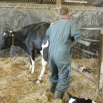
For a heifer or cow to reach their full production potential, a good calving is essential. They are less likely to suffer from problems post calving such as metritis, ket...
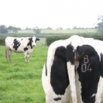
Body Condition Scoring (BCS) is a simple and effective farm management tool. It is a measure of body fat/energy reserves, that can be used to aid decisions or troubleshoo...
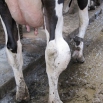
In your herd, are there a high proportion of cows with rubbed necks or briskets? Are cows tail twitching despite there being no flies? Cow signals and behaviour can be...
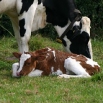
The optimal dry period length between lactations in dairy cows has been debated for many years. Traditionally, an 8-week dry period was considered the ideal duration - ba...

The post-calving period is a difficult time for a cow who has to recover from the stress of calving, fight off disease and infection and produce milk. Having an effective...
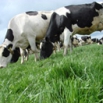
Ketosis is one of the most significant ‘hidden’ diseases affecting the UK dairy herd. Around 30% of cows are estimated to develop the metabolic disease during the tra...
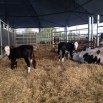
In dairy cattle twin births are undesirable and lead to reduced overall profitability and reproductive efficiency. The negative impacts of twins can include freemartin he...
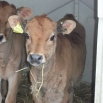
Twinning is undesirable as the stress of carrying two foetuses compromises the cow's energy balance, and this can lead to poor performance after calving. It is crucial th...
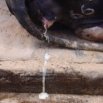
Good uterine health is critical to launch cows on a healthy, productive course after calving. Between 15 and 25% of all fresh cows and 80% of cows with retained cleanings...
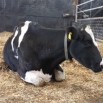
Milk fever (or hypocalcaemia) is a potentially fatal metabolic disorder where dairy cows experience calcium (Ca) deficiency. With the estimated economic cost per case bet...

Parasites, both ectoparasites (external parasites) and endoparasites (internal parasites) can be a major cause of disease in dairy cattle. They will not only contribute t...
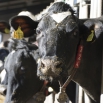
Analysing forages and balancing rations with your nutritionist are important components of cost-effective feeding. Formulating a diet that works on paper is only part of ...
